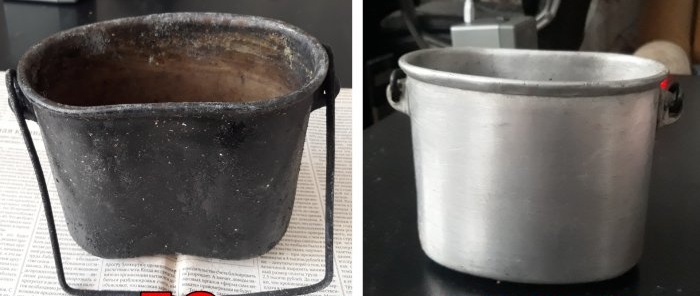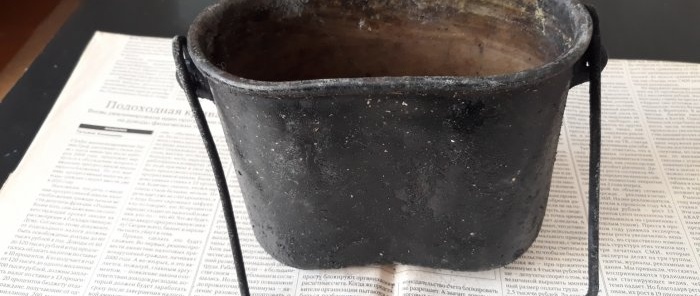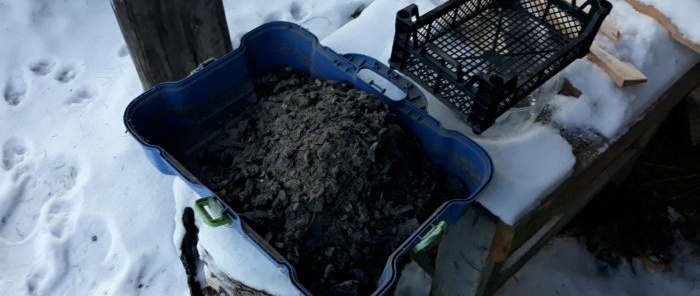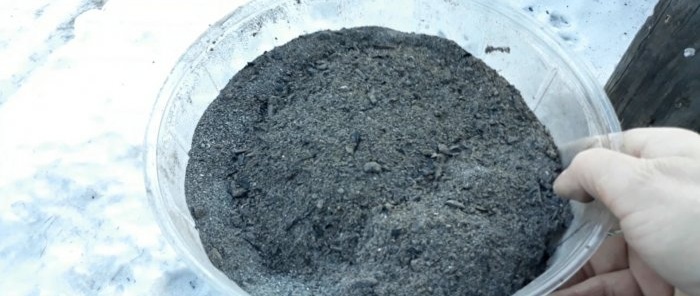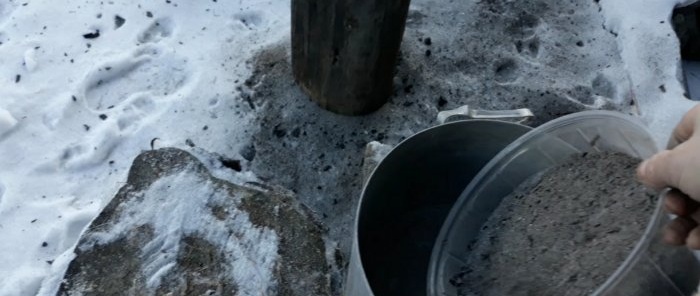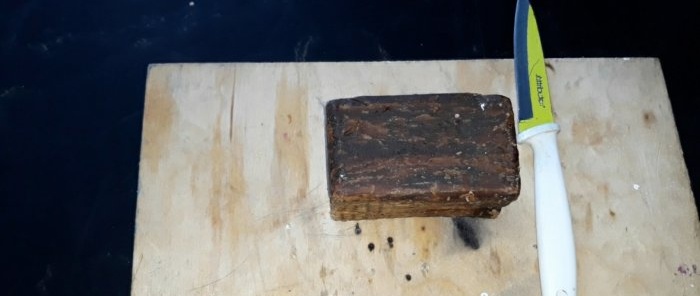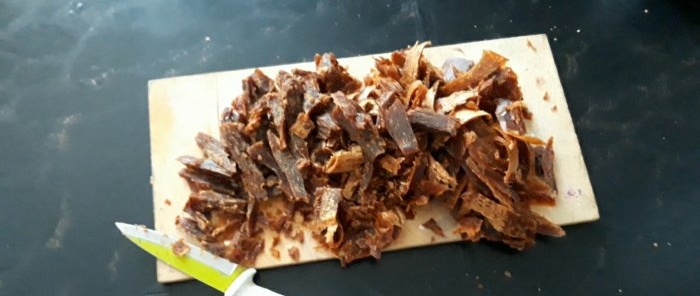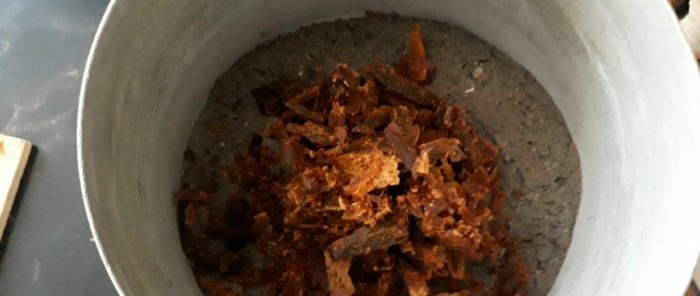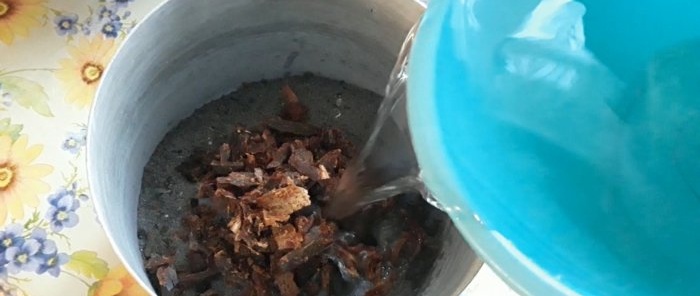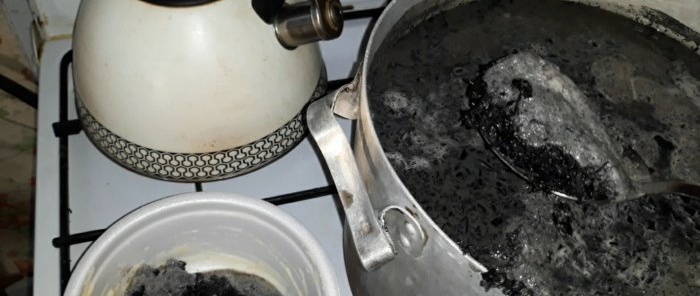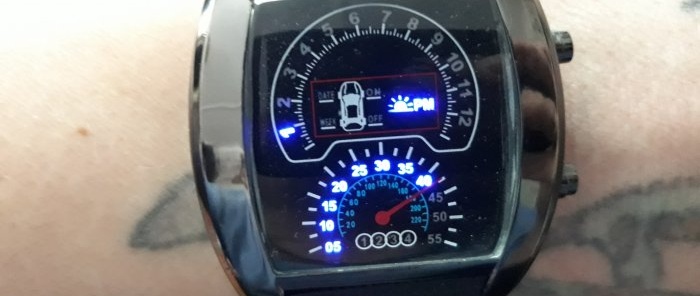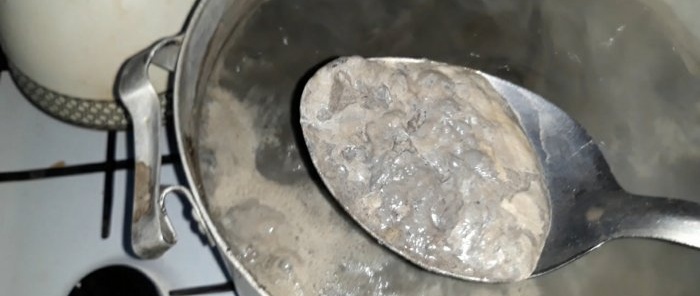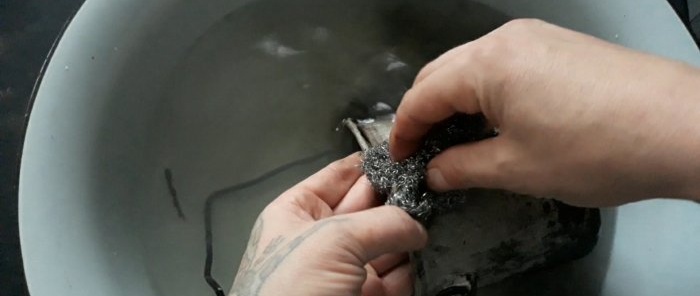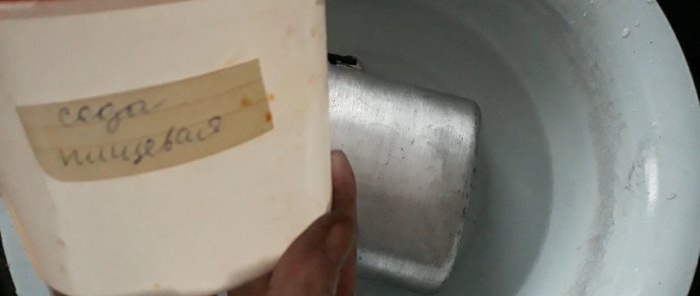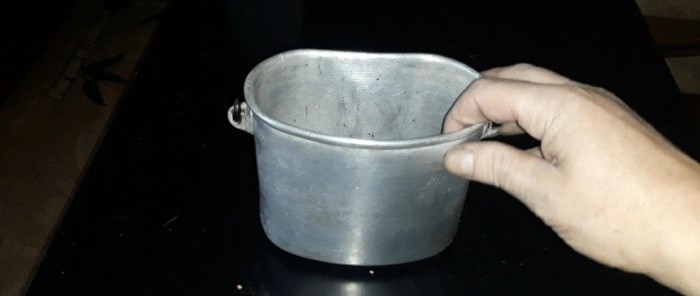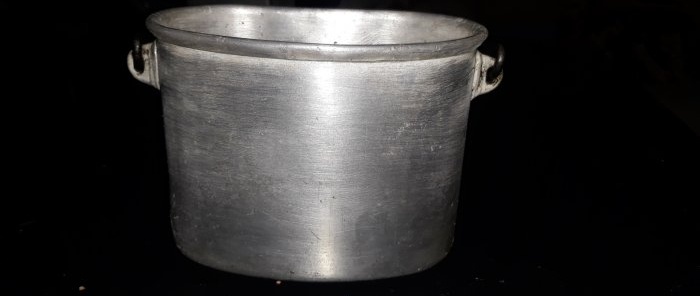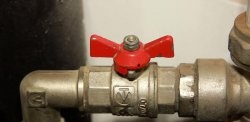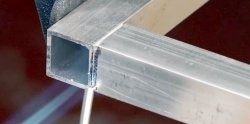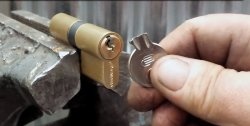How to clean a camping pot from soot and deposits the old-fashioned way
Cleaning an aluminum pot from soot after cooking over a fire is a very tedious task, and not always successful. After one use, you can still try to restore the original shine and cleanliness of the pot, but if it has been used more than twice, then the soot cannot be removed with ordinary detergents. My army-style camping bowler hat has been used for its intended purpose for decades. Of course, I made sure to wash it after each use, but over the years, soot and soot had become so ingrained in the metal that it seemed to be blued. Neither sand, nor soda, nor other, even the most modern means, took this soot.
Over time, a dark coating began to appear on the inside, which also could not be removed. The bowler hat began to look very, very ugly. I wasn't going to put up with this. But I didn’t want to buy a new pot or get rid of something memorable and dear to my heart.The way out of such a difficult choice was suggested to me by older people who still remember the old ways of getting rid of such problems. No wonder they say: “Everything new is well forgotten old”!
You will need:
- A single piece of ordinary laundry soap.
- Wood ash, 200-300 grams.
- Metal sponge for washing dishes.
- Soda.
- Water.
- Cotton fabric, small scrap.
- Knife.
- A pan that will fit the entire thing to be cleaned.
- A stick or long spoon that can be used to remove a hot pot from a pan.
Removing soot and deposits from the boiler
Everything is extremely simple! The first step is to obtain and prepare wood ash.
You can take ash from a stove, from a fireplace, from a barbecue, from an extinguished fire, after all. It's not that much of a shortage. It is advisable to sift it through a large sieve to sift out large coals. I didn't have one, so I used a plastic fruit box.
Pour the sifted ash into a pre-prepared pan, into which the entire item to be cleaned will fit.
Next, you need to crumble or cut a piece of laundry soap with a knife.
It is advisable to cut the pieces thinner so that they dissolve in water faster. Pour the chopped soap into a pan with ash.
Pour water into the pan with ash and soap. You need so much water that the item being cleaned is completely hidden under it.
Place the pan with the contents on the stove, light the gas, and wait for the water to boil. During this time, you can remove floating pieces of remaining coal, unburned wood, and other debris from above.
We throw it all in the trash. Don’t forget to stir so that the soap dissolves while this mixture boils. Well, the water has boiled. We lower our item to be cleaned into the pan. Let's note the time. My watch says 13:40.
The aluminum item to be cleaned must be boiled for at least 50 minutes. However, I do not recommend relaxing during this time. The alkali released by the ash, together with the soap dissolved in water, reacts with soot, soot and carbon deposits on aluminum. This will not cause a violent reaction, but if you do not remove the dirty foam that is abundantly released during this reaction, it will simply run away. Like boiled milk. Along with the foam, the dirt that has grown on the pot will also float.
After 30-40 minutes, the foam will almost stop, and you can set the fire to a low simmer. We wait another 10-15 minutes. Well, the clock says “14:35”.
Almost an hour of boiling. This is quite enough. We extinguish the fire and move the boiled item from the dirty boiling water into cold, clean water, which I collected in advance into an iron basin.
Now it's time to work with the metal sponge.
Although, the word “work” is not entirely appropriate here - the remains of soot and soot lag behind a light touch of the sponge. And thus we clean the entire surface. Both inside and outside. In principle, the pot has already been cleaned white, but I want it not only to be clean, but to shine like a cat’s fur! Therefore, I change the water in the basin to fresh water, rinse the pot, and rub it with soda. The entire surface.
After this procedure, you can wipe the pot dry with a cotton cloth. And now it shines like new again!
An hour of waiting and ten minutes of work is not such a big price to pay to restore the former appearance and beauty of your favorite thing. If you look at the “before” and “after” processing, it may seem that these are two completely different things.
Now it can only be recognized by the iron bow, which remains black: iron, unfortunately, cannot be processed in this way.But aluminum and, oddly enough, cast iron cookware (again, according to experienced ones) are cleaned with a bang. Although, I haven’t conducted any experiments with cast iron, so unlike aluminum, I can’t say for sure. The alkaline solution remaining in the pan, after it has cooled, can be poured into a suitable canister and used next time; it has not lost its properties. Only the next time, you will need to add water that evaporated during boiling from the last time.
Watch the video
Similar master classes

Fish soup at the stake
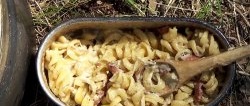
Picnic in nature - delicious pasta over a fire!

How to clean the bottom of a pot or frying pan from carbon deposits without effort

How to clean carbon deposits from a grill grate without extra effort
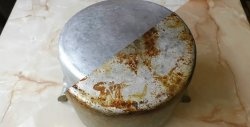
How to easily clean a dirty pan from carbon deposits
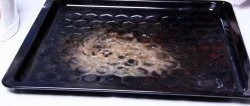
How to clean a baking sheet and oven from carbon deposits without commercial chemicals
Particularly interesting
Comments (0)

